Overview of MELTANT-β
The MELTANT-α concept model used cable-driven operating mechanisms and was designed to draw attention to MELTIN’s core technologies. MELTANT-β continues to use the same mechanisms but incorporates practical solutions aimed at working environments, including protection against dust and sparks. These improvements allow MELTANT-β to perform tool-based work processes.
There are significant enhancements between the two models. Improvements in the beta include increased mobility, haptics that allow for actual sensations to be felt (alongside the alpha model’s pressure sensing), increased gripping strength and freedom of movement, and resistance to dust.
Optimizations have also been made to the routing of cables to increase flexibility and reduce the chance of being caught by edges.
All of the above results in multifaceted improvements such as:
• Hand versatility (power, fluidity, freedom of movement, etc.)
• Robustness (dust and drip resistance, durability of materials, etc.)
• Mobility (omnidirectional movement, movement characteristics, speed, etc.)
• Operability (visual clarity when using VR interfaces, real-time operability, haptics)
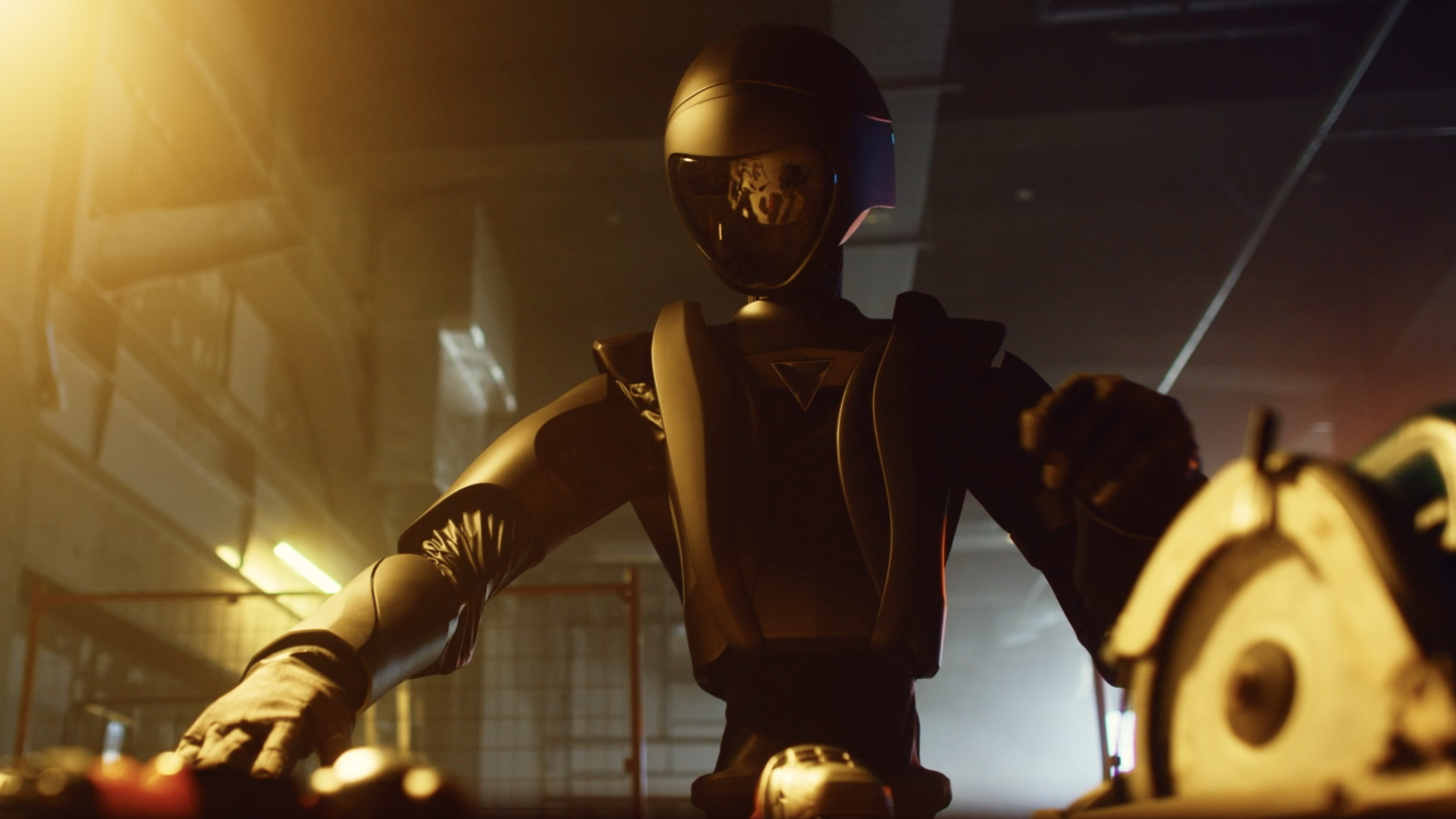
Use Case
Resolving Labor Shortages in the Construction Industry
MELTANT-β’s practical utility can be seen through the progress MELTIN has made with partnerships in the construction industry.
As a whole, society is facing major issues such as laborers shifting from secondary to tertiary industries, as well as worker shortages due to declining birthrates and aging populations. The construction industry, in particular, is facing many serious issues related to these shortages, including:
1) Fewer recruits due to harsh working environments (dust, noise, vibration, physical effects of high heat/humidity/heat
stroke, risk of injuries or accidents, etc.)
2) Experienced workers with advanced knowledge and skillsets growing older and retiring
Working at a construction site requires the ability to make detailed confirmations and flexible decisions. A high level of experience is also needed. Robots that can only repetitively perform tasks they are certified for are not suitable for these situations. We believe that MELTANT-β will be able to supplement the labor shortages faced by the construction industry, improving productivity. MELTANT-β provides the following, specific solutions to this issue:
1) The ability to work from a safe and comfortable environment, reducing the threshold for entering the industry, and
easing labor shortages.
2) As physical strength is not required to operate avatar robots, it opens up these roles up to elderly specialists which
also allows them to train and educate new employees.
3) The ability to switch between avatars in several environments ensures optimal use of resources, allowing one
operator to work in multiple areas.
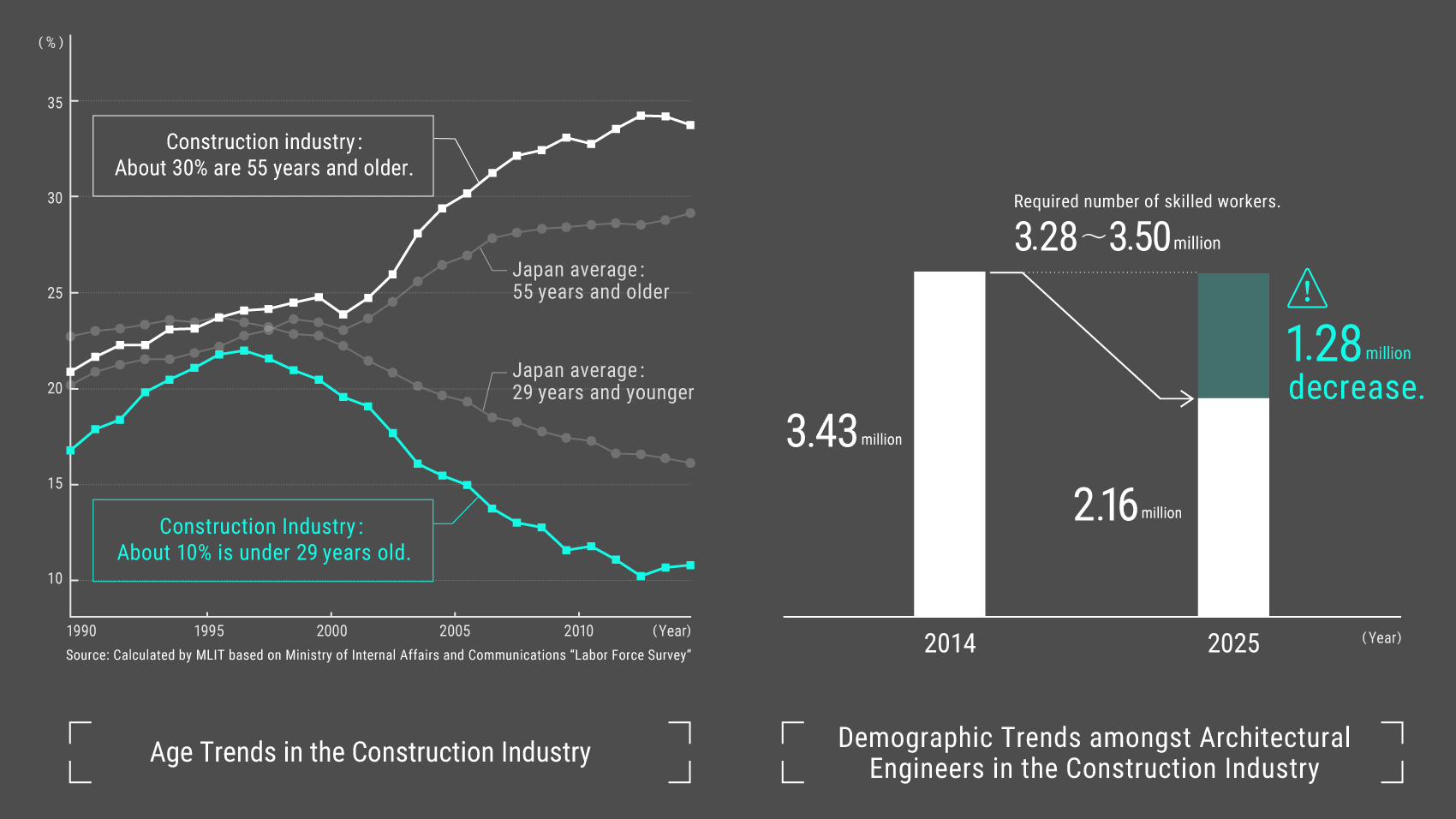 Strategy
Strategy
Development and Market Entry of a Mass Production Model
MELTIN plans to use the results of field tests performed with MELTANT-β to develop a practical mass production model, which will be gradually introduced into the market. The company is constructing a business model that allows for swift responses to customers’ needs. This model will use MELTIN-developed designs as a base that can be customized for a variety of purposes. MELTIN’s strategy for developing a practical mass production model and introducing it to the market is as follows:
1. Maximizing Costs vs. Benefits
There are numerous difficulties involved in introducing traditional robots to the market. These difficulties include manufacturing and maintenance costs, as well as the relatively low capabilities of these robots. The MELTANT series utilizes MELTIN’s technologies and focus on remote operability.
MELTIN remains aware of the social backgrounds of differing industries, while focusing on generalpurpose work performance and creating improvements that enable mass production and easy maintenance. All of these aspects will contribute to maximizing costs versus benefits for customers.
2. Expansion of Functionality
Future development will focus on strengthening functions that provide the following practical benefits:
1) Mobility on uneven surfaces
2) Ability to cope with dust, contaminated water, mud, etc.
3) Ability to cope in environments with weak transmission signals
4) Ability to deal with dangerous situations, including heat, explosions, and radiation
5) Further improvements to power and speed
3. Mass Production
The following actions will allow for mass production to be realized :
1) Acquisition of partners for verification tests and expanded use cases
2) Deeper connections with businesses that possess manufacturing technologies and production facilities
3) Planning and testing for mass production
4) Selection of suitable materials for mass production and ensuring quality control
4. Business Benefits
Businesses can expect the following benefits when introducing mass-production models:
1) Reduced direct employment costs
2) Reductions in recruiting and training costs
3) Reduced labor risks
4) Reduced need for workers to be present in dangerous environments
5) Reductions in physically demanding work processes, leading to an increase in applicants
6) Reduced time/employment costs relating to remote work
5. Partnerships
Over the past year, MELTIN has conducted demonstrations at major events such as the G20 Osaka Summit, the Moonshot International Symposium, and the Council for Science, Technology and Innovation held at the Prime Minister’s official residence (See “MELTIN’s One-Year History” below for details). The positive feedback we received from many government officials and industry leaders makes us feel that MELTANT’s applications will bring about fundamental changes to the concept of “labor,” leading to the creation of a new economic system.
MELTIN is searching for partners who need to perform general-purpose work in hazardous environments/remotely, and who can perform on-site verifications using our technology. We are also aiming to create new value through promoting partnerships with businesses/groups facing difficulties that only MELTANT can solve.
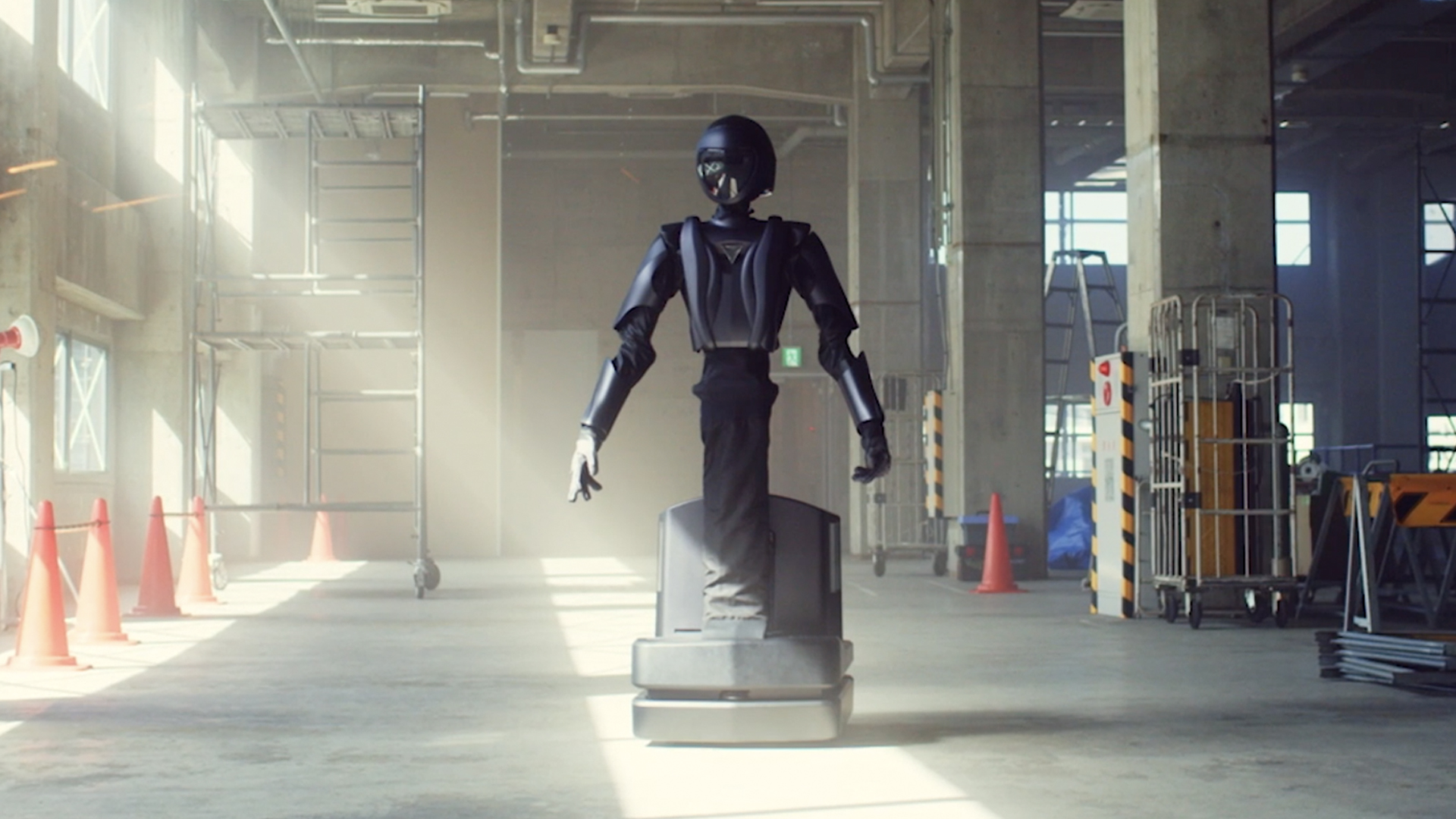
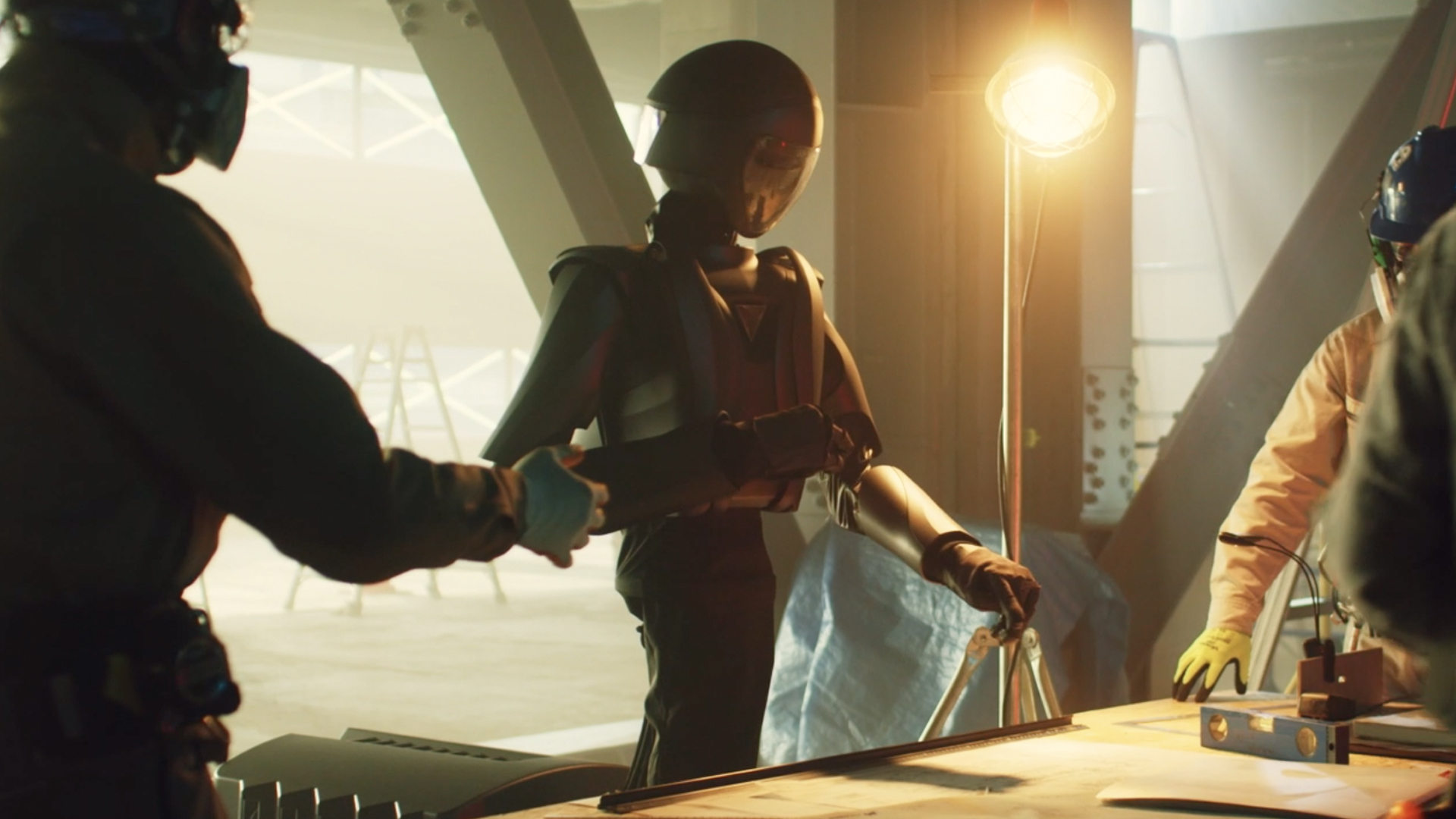
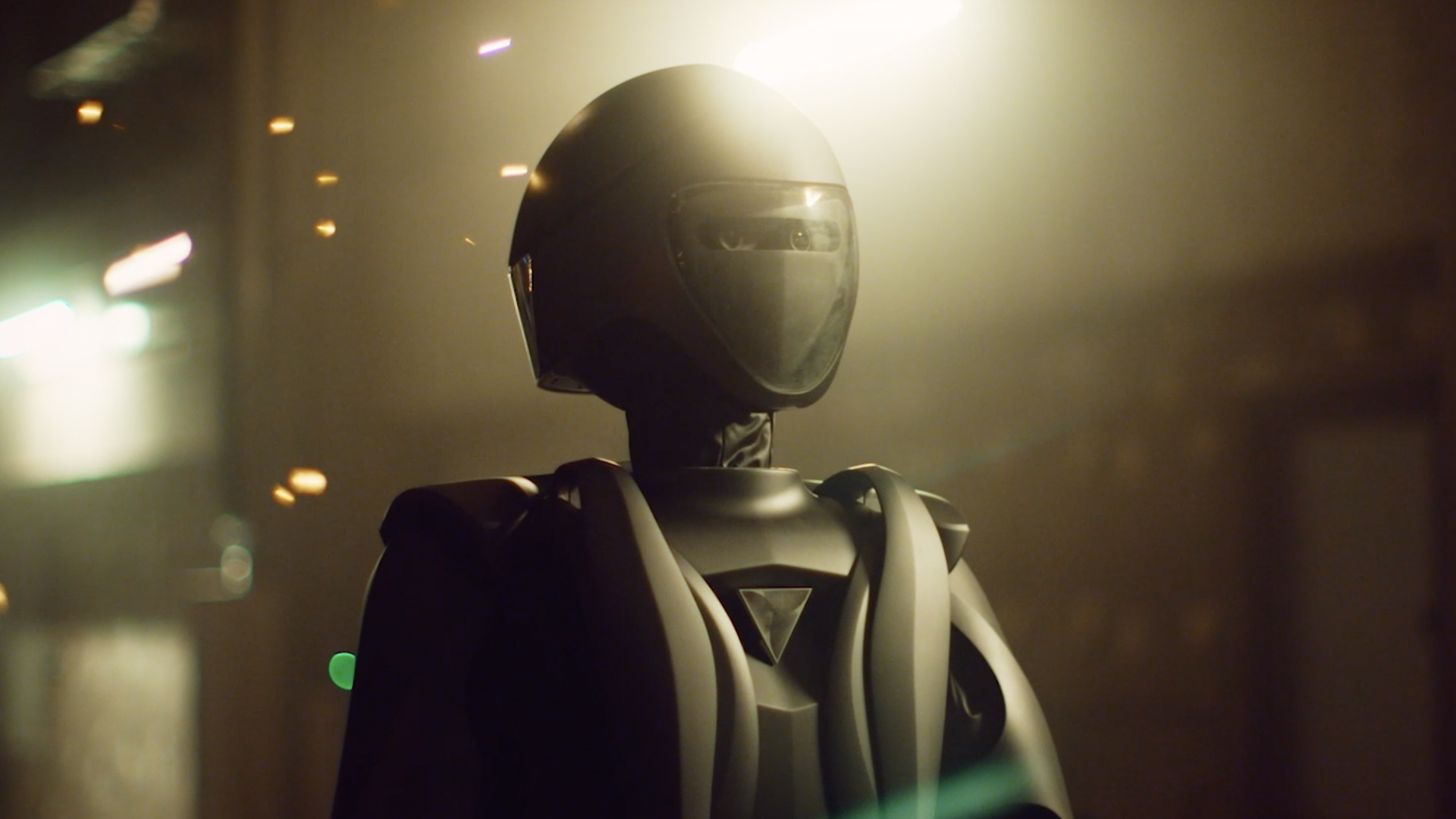
]]>
投稿 WHILL MaaS Vision は KANDO に最初に表示されました。
]]>WHILL is a startup company that has created a new “wheelchair standard” for the digital age. The high-performance chair with a stylish look and powerful motor is designed to provide “vitality” to the rider by overcoming the hurdles faced by people with lower body disabilities, allowing them to meet people in ways and places where they couldn’t previously reach.
WHILL, which has until now enjoyed a reputation of reliability within the healthcare sector, aims to bring together mobility and city services into a next-generation concept with MaaS (Mobility as a Service) and will push forward with making it a reality.
Why is WHILL aiming to make MaaS (Mobility as a Service) a reality?
WHILL wants to bring its ability to “provide vitality to people’s lives” to more than just people with disabilities of the lower body, expanding beyond the idea of “abled/disabled” to make the lives of all citizens easier. They aim to do this by making WHILL a part of cities’ infrastructure, combining with the city functions (food, clothing, shelter, recreation, beauty, etc.) to improve the lives of all people. This movie accelerates the cooperation with businesses and is the start of a grand concept to bring this world view into reality.
[Thought Experiment Process]
Thought Experiment vol.1 | Emotional Moving
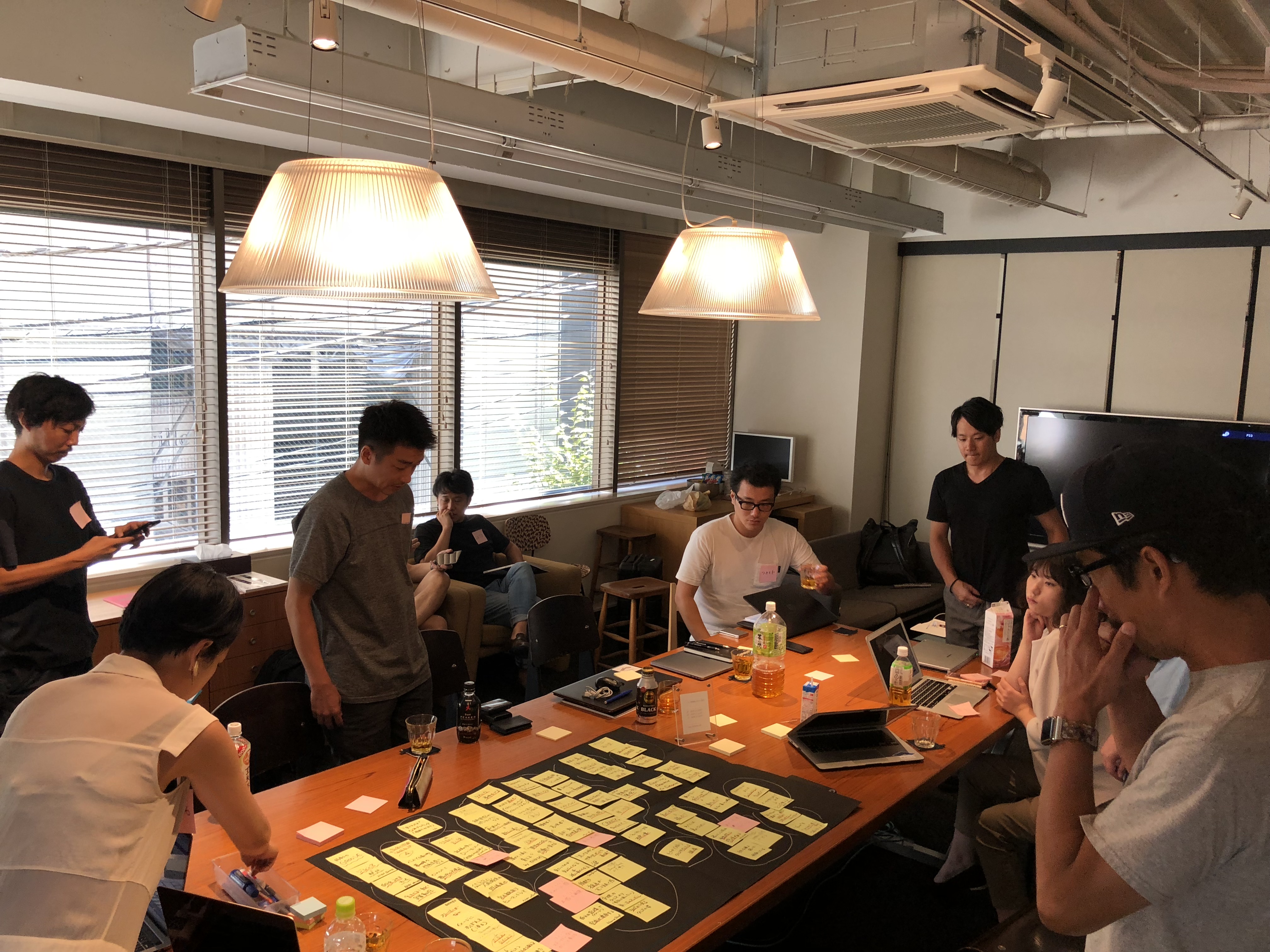
Make clear the emotional aspect that goes beyond the functionality of WHILL.
Keywords:
・Rebellious spirit
・Anytime, Anywhere for everyone.
・Building (developing) a path to Will
・The link between emotion and operation
・New expressive people
・Freedom
・Partnership, biology
The keywords we can see from the extracted words.
“Vitality” = “WHILL’s liveliness as a tool, like love” “A sense of dynamism from WHILL’s sense of natural operation”
Thought Experiment vol.2 | Scalability of technology
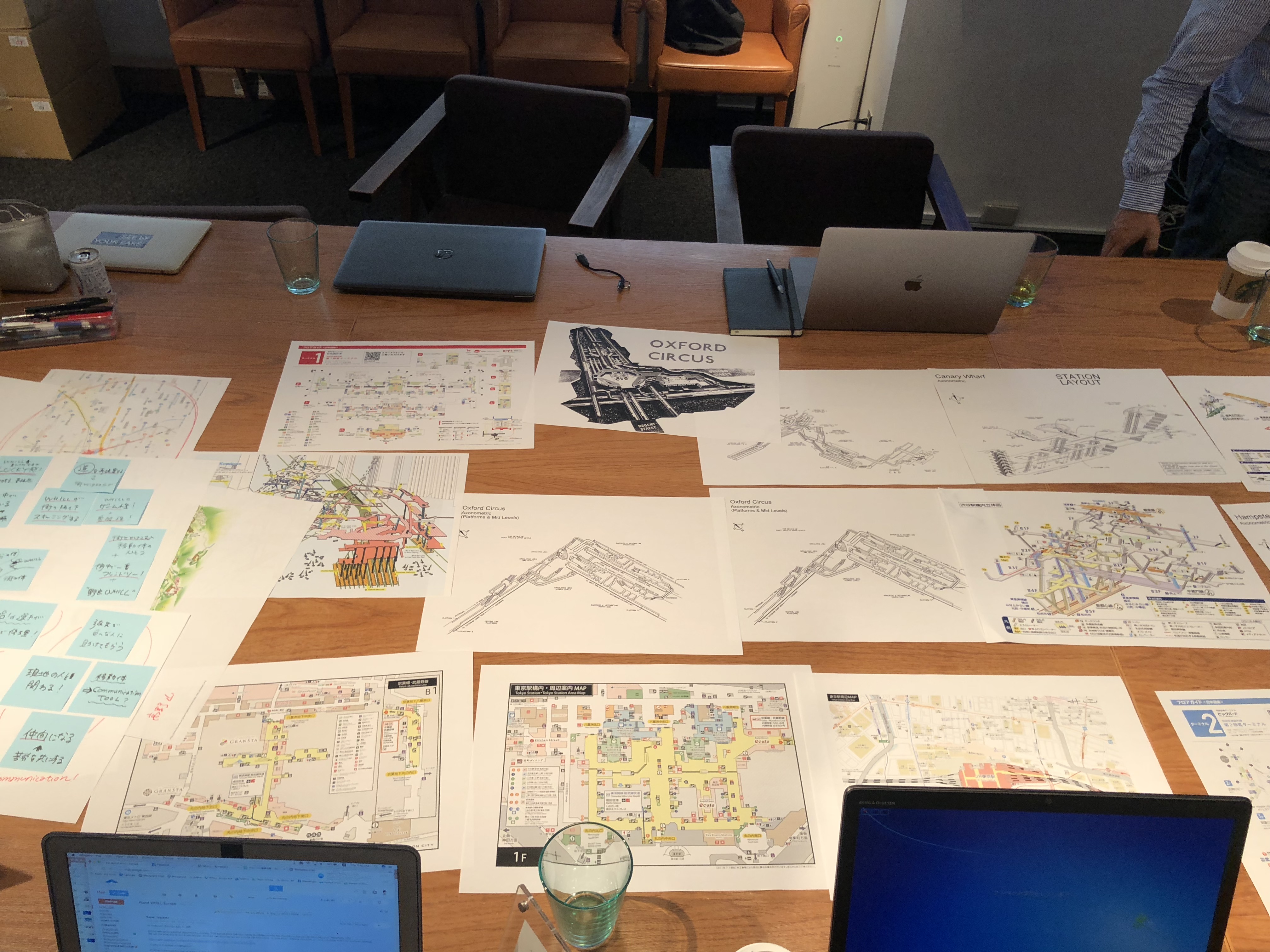
With the themes of “Vitality” and “Infra Mobility,” consider “WHILL-like Infra Mobility” from the following two viewpoints
・Personal stories
・City simulations (city simulations based on maps)
“Trouble Travel”
Collect episodes of “troubles” met while traveling (mainly en route). From there, extract the compatibility of WHILL with public transport systems and memories and feelings related to the town. The theme of this homework explores the encounters that most affect the emotions of WHILL passengers, through which they feel the most significant change to their daily lives. “Travel troubles” is a metaphor to relive the experiences and situations in the WHILL passengers’ daily lives, and refers to the way the people around them react to the unforeseen situation faced by a stranger with a different physical body to themselves.
Thought Experiment vol.3 | WHILL’s vision and brand

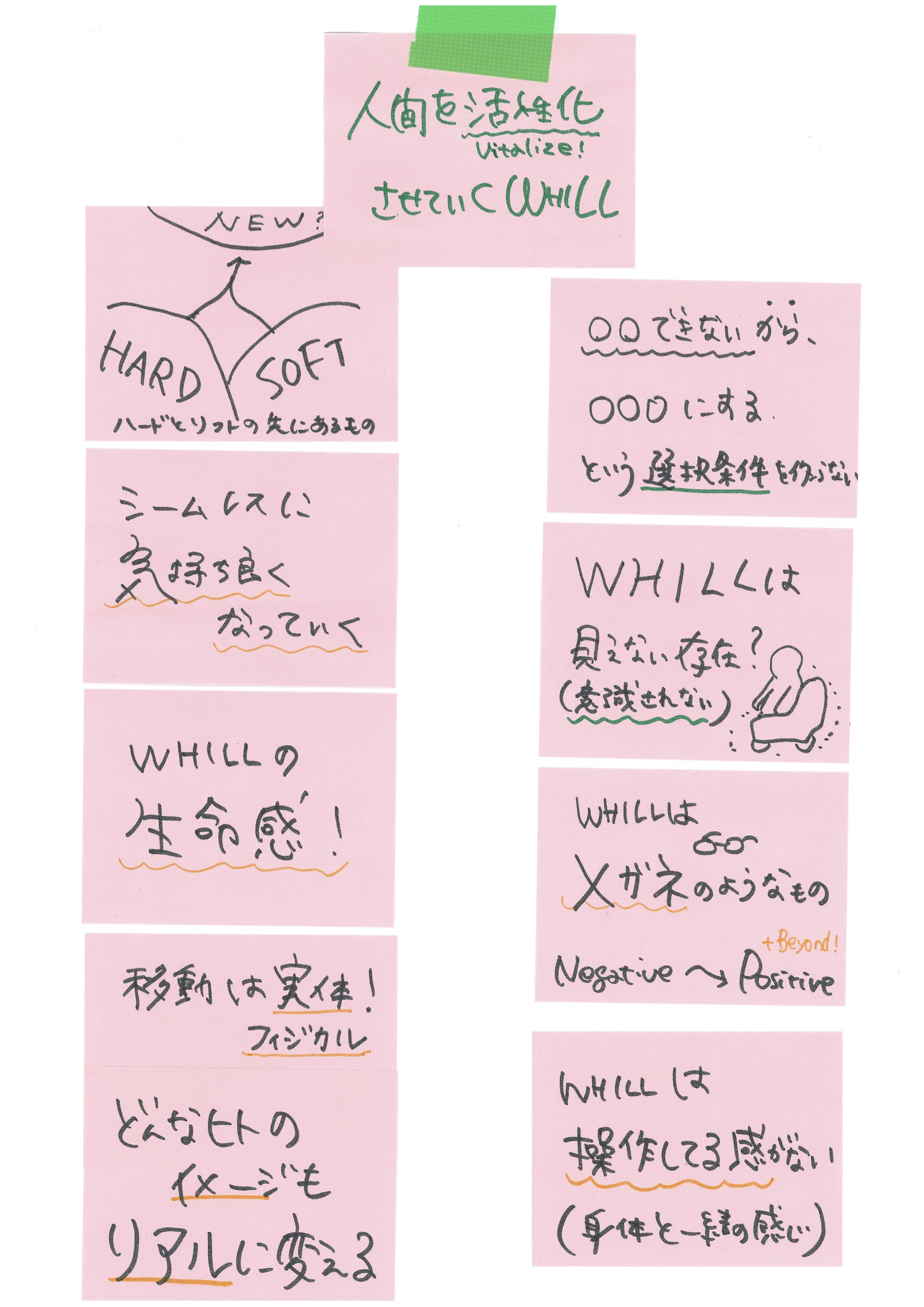
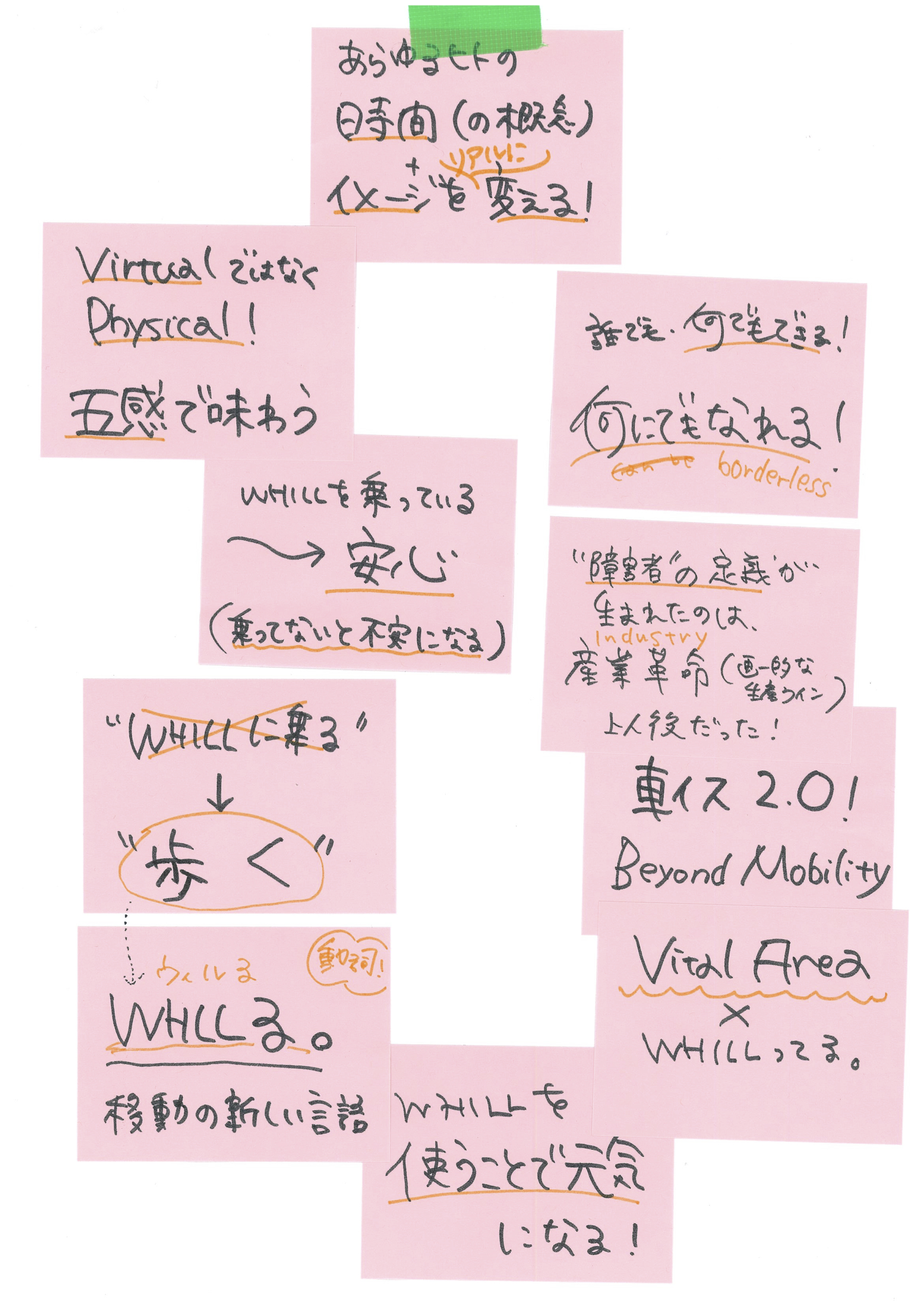
Think about WHILL’s vision and uniqueness from the points of view of “Vitality”, “Infra Mobility” and from personal stories.
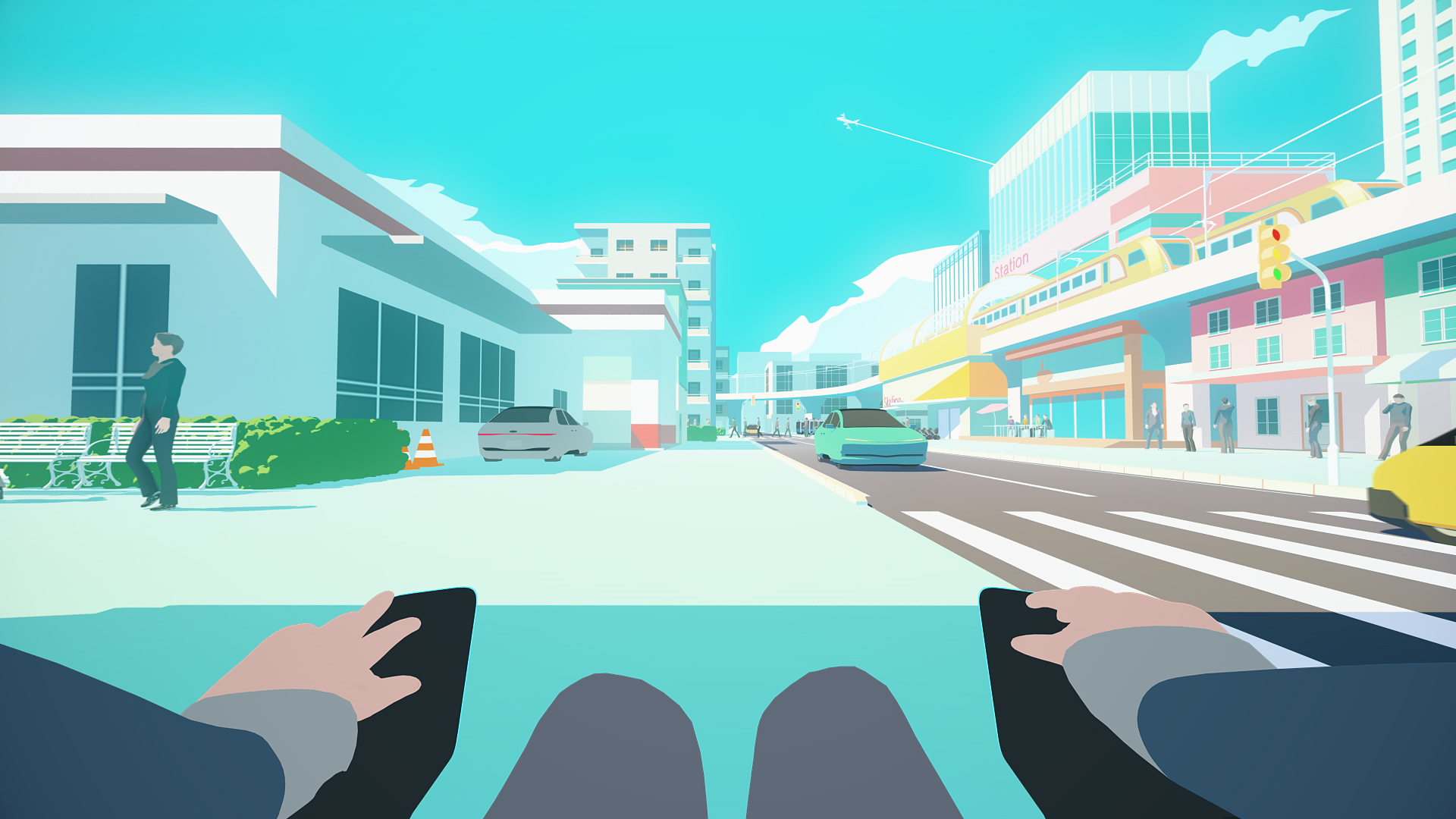
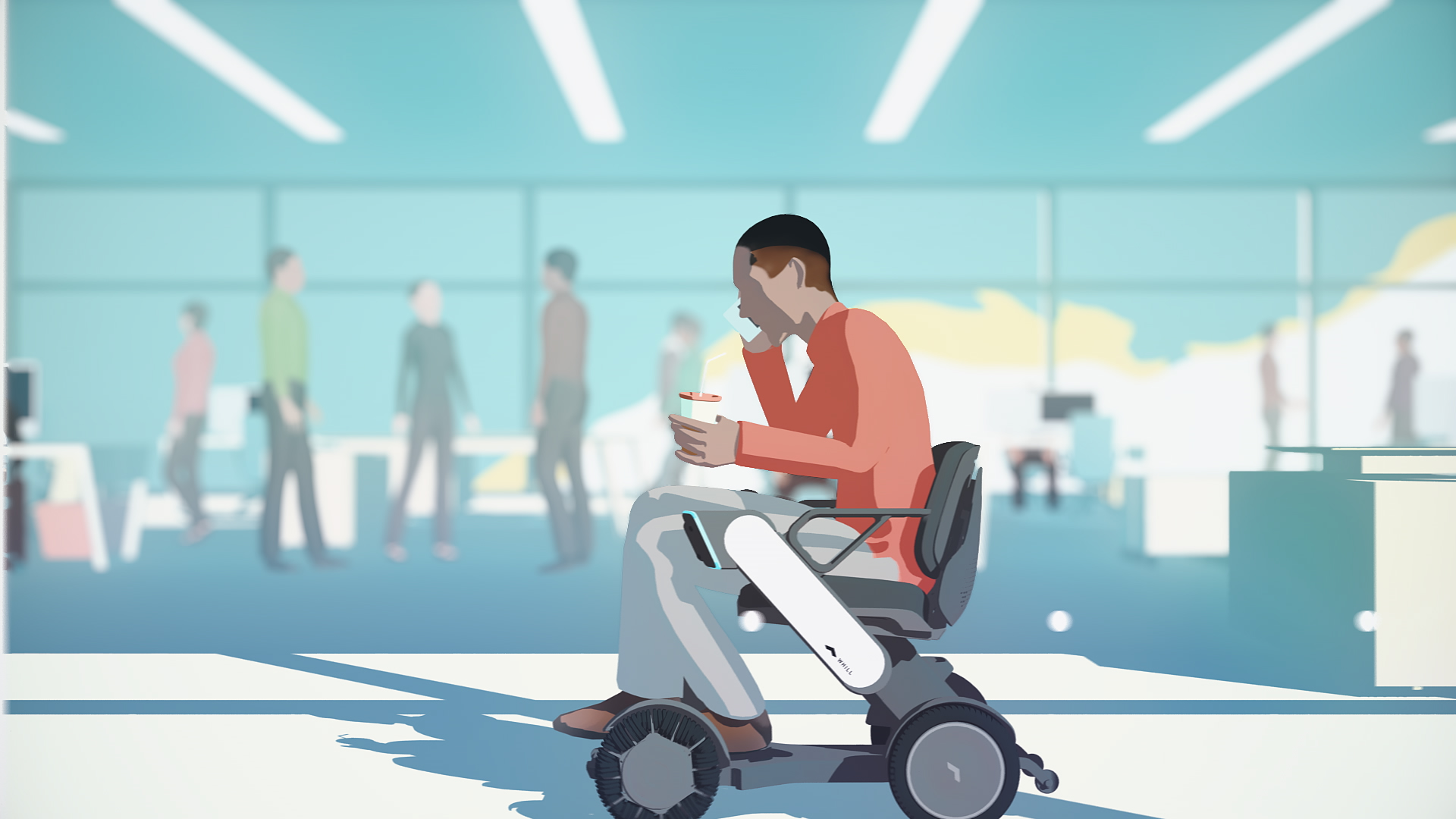
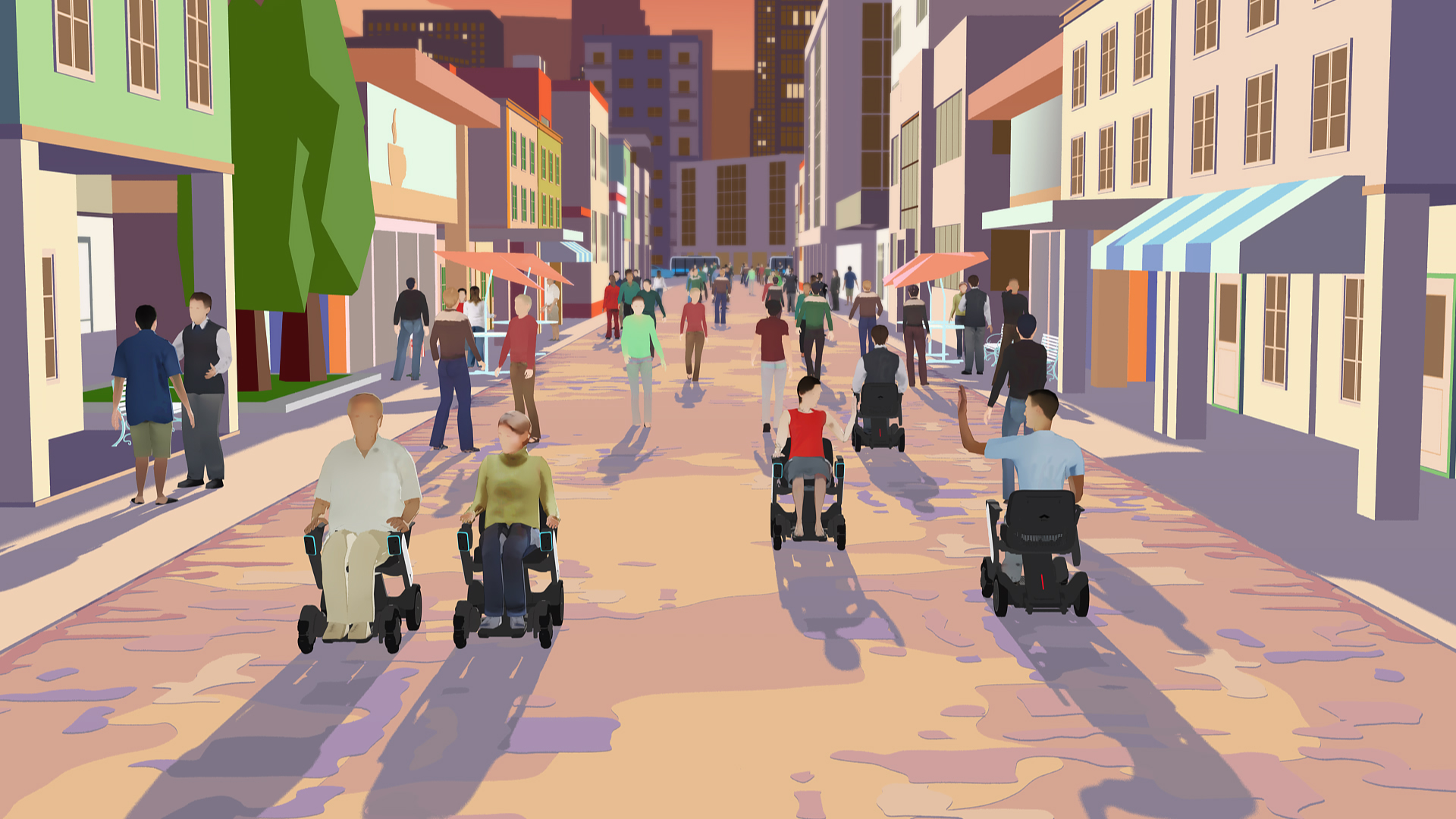

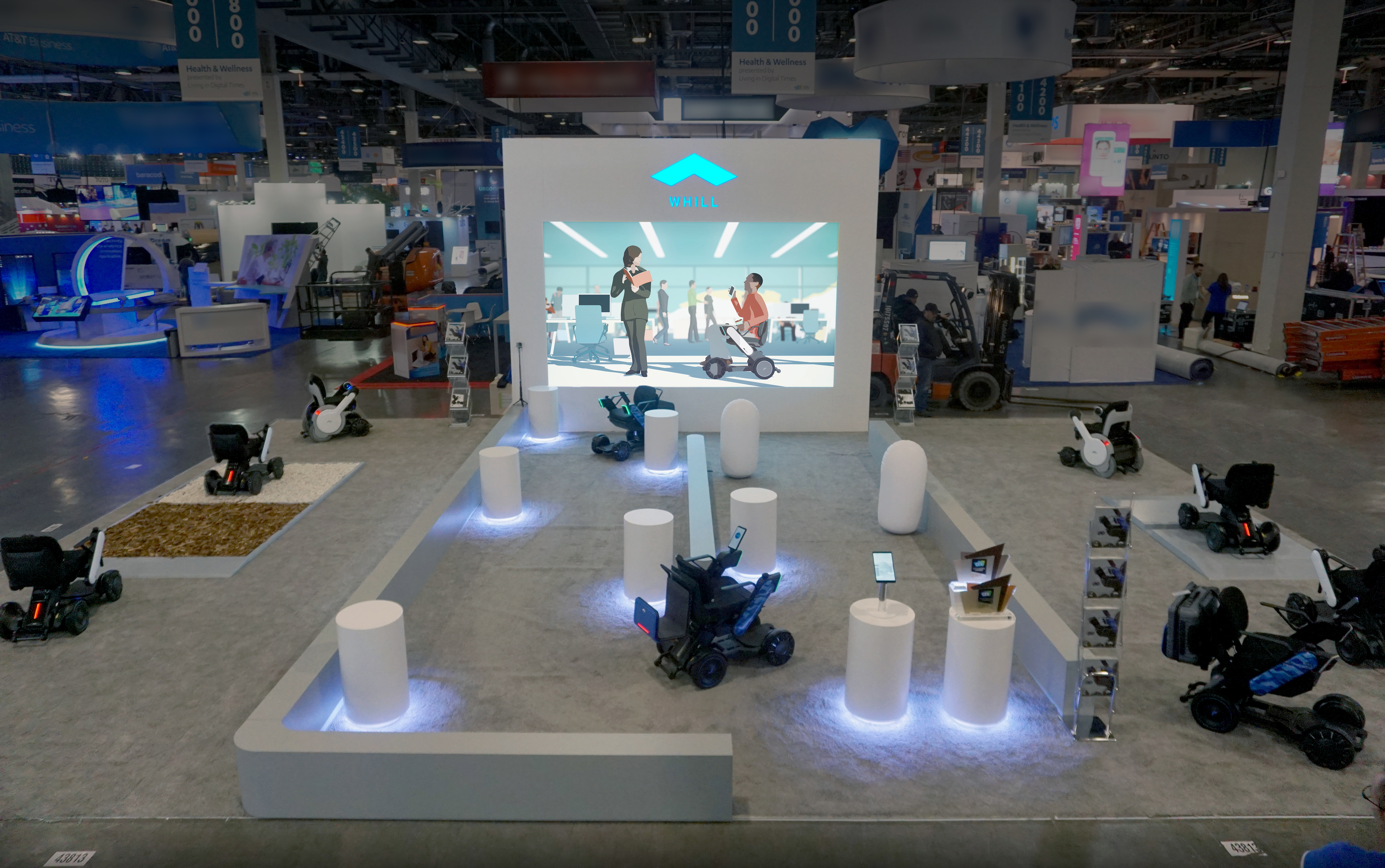
After the thought experiments, we visualized the vision based on “Vitalize your Life” that is the conclusion concept through the workshops.
投稿 WHILL MaaS Vision は KANDO に最初に表示されました。
]]>The first step in a cyborg project that seriously aims to build the future was announced in March this year. It is not a type of project along the model of existing design work that receives orders and produces them accordingly. It is a vision-driven project where technology, finance, and creation are integrated into one. Its driving force represents future roles of creative initiatives and design.
MELTIN’s technological advantage
MELTANT-α is a concept model of cyborg MELTANT being developed by MELTIN. CEO of MELTIN Masahiro Mark Kasuya says, “The human body enables us to move but it also restricts us. Our vision is to overcome that physical restriction and create a world that draws out 100% of human creativity. As the human brain is tied to the body, the human being should be able to evolve further by acquiring a new body.”
What’s characteristic about its hardware is the design that imitates human arms. Tatsuya Seki, one of the founding members and CTO of MELTIN, explains, “Many conventional robotic hands adopted a design with actuators built within their fingers, but it’s difficult to embed such parts inside the finger. The human finger doesn’t have much muscle in itself to begin with and most of the muscles that move it are in the forearm. So, MELTANT-α that moves the joints via the muscles on the outside emulates the structure of the human body.”
As to the software that is paired with the hardware, Seki says, “We accumulated experience and knowhow through a lot of trial and error, and came up with a theorem to move the difficult-to-control mechanism.” The acquisition of the control algorithm, as Seki says, enables smooth movement that was previously impossible.
MELTANT-α that realized both power and dexterity from development of hardware and software is envisioned for use in hazardous environments, such as nuclear power plants and outer space.
In addition to technology in mechanical control, another core technology MELTIN boasts is biosignal processing. From the electric signals running through the human body, various movements can be analyzed. Combining these two core technologies, MELTIN aims for future realization of “melt between person and machine.”
Mizuki Komasa of venture capital Real Tech Fund who provides hands-on support in business aspects including business strategy, finance, and intellectual property laws, and who is also participating in MELTIN as an auditor, says, “The MELTANT-α technology has an advantage as it is protected by patent and knowhow that are difficult for other companies in the field to imitate. Having this unrivaled technology that enables it to keep winning in the market is appealing even from the perspective of finance.”
Having said that, simply having technology does not lead to business. In the aspects of getting the products to be accepted by society and their market value to be recognized, Komasa points out the importance of creations that communicate superiority in technology and vision. He says, “In the field of real tech (innovative technology), cases in which technology, business, and finance are tied are increasing, but cases of incorporating aspects of creativity as with MELTIN are still rare. The power of creativity is essential in promoting understanding and enhancing expectations regarding how splendid the vision and technology are.”
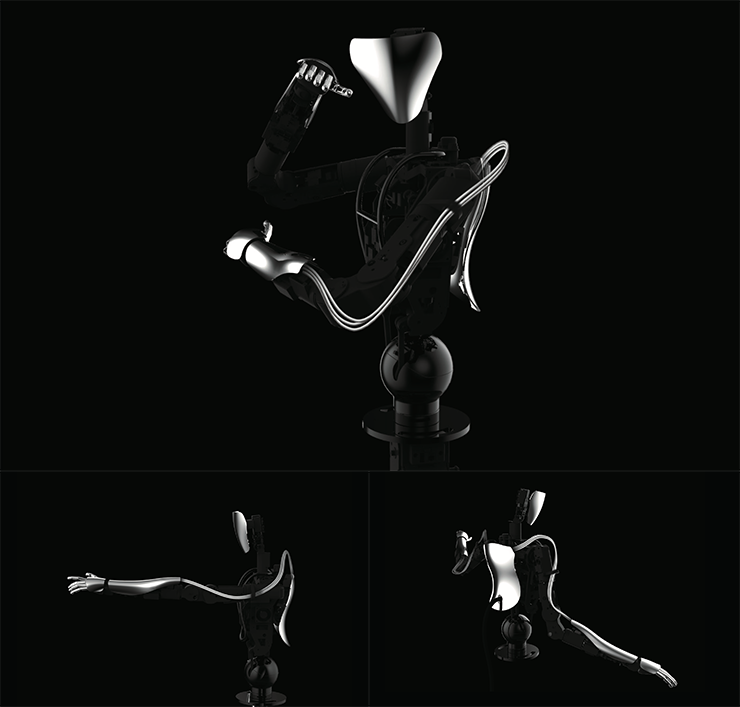
Instilling soul with product design
The person in charge of product design for MELTANT-α was Satoshi Yoshiizumi of TAKT PROJECT. Yoshiizumi says a process called the “thought experiment” was indispensable in the development. Thought experiment is a workshop-style session participated by the development members, and aimed at sharing the vision as Kasuya and Seki hoped for. They shared their opinions on such direct subjects as “What is a cyborg?” and more ethical aspects in future cyborg society including “the agony of living forever” and “what will happen to affection when reproductive activity becomes unnecessary?”
Conceptor Yuki Tazaki of Visual Design Studio WOW led the thought experiment that started in the summer of 2017. Tazaki thought the project would eventually collapse unless they introduced a process of vision sharing, and explains, “Since it’s a project being developed or a completely new market, it was necessary to thoroughly establish the vision beforehand.”
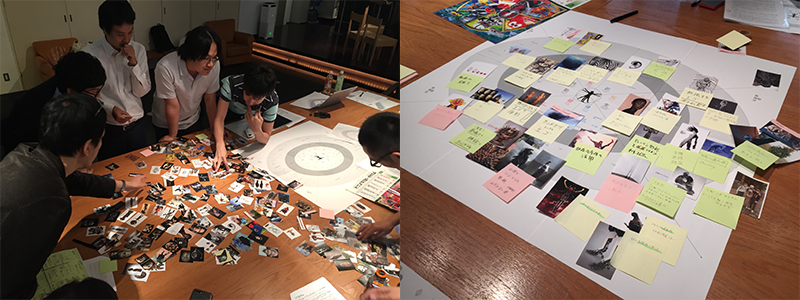
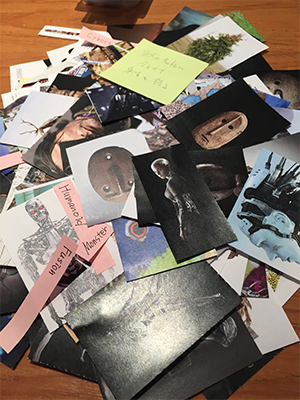
By going through the thought experiment, the understanding by Yoshiizumi actually deepened considerably. A prototype that was dedicated to the hand movement of MELTANT-α was a passing point towards a grand vision that leads to “a future when people choose their own bodies” after realizing the cyborgs. The robot arm that is their core technology at this point is also a means to express the future that MELTIN advocates.
After several thought experiment sessions, Yoshiizumi proposed a concept called “anima/design that instills soul.” Using the Latin word for life or soul, he expressed a vision that redefined physicality. Moreover, they set the product design concept as “Highlight the Motion” and endeavored to embody design that is instilled with soul with three elements: “contrast,” “posture,” and “wire.” “Contrast” is an idea to focus solely on some points of the body including the arm, face, and back. By accentuating those parts, the presence and movement of MELTANT-α appear to stand out. A posture instilled with soul is expressed by keeping the cowl that covers the body to a minimum and doing away with unnecessary parts. The cowl on the backside gives an overall impression of the backbone and shoulder blades. As the wires that extends supplely from the cowl to the arms function as muscles and tendons, they straightforwardly express the characteristics of MELTANT-α that imitates the structure of the human body.
Yoshiizumi says, “Most of the existing robotic design is predominantly the design of the cowl, and has a rigid impression. With MELTANT-α, the wires that are the core technology are exposed to impart the image of muscles and express supple textures. Wires that are elements of the internal structure are normally treated as noise from the perspective of product design, but the precious characteristics would’ve been diluted if we’d hidden them.”
Envision Design assumes the role of leading the industry into future
Tazaki, who assumed the post of CCO at MELTIN, not only designs thought experiment processes as described above, but also handles direction for communication inside and outside MELTIN that is developing cyborgs for practical use employing graphic design and visualization technology among other fields. Behind his activity is a concept he himself advocates called “Envision Design.”
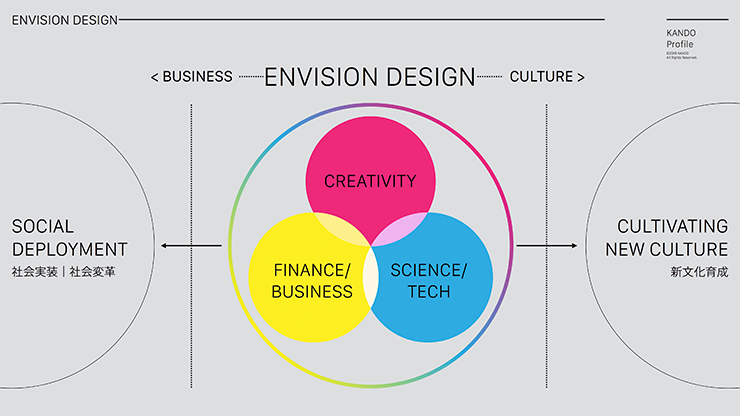
Tazaki says, “The technology-driven 20th century ended, and vision is indispensable for business in the 21st century in order to encourage social changes through the embodiment of vision. What is required for realizing such visions are ‘creation’ including philosophy, art, and design, truly innovative ‘technology’ and ‘finance’ that is necessary for accelerating research and development as well as making it into business at maximum speed. Moreover, those who think in layers that are different from capitalism including investors, scientists, and artists show visions and can lead us into the future. However, creation and design that are not art are not treated as subjects for investment and can’t breakthrough the wall of the capitalistic structure with the system of receiving and placing orders as represented by client works.”
Envision Design is a venue where players from creation, technology, and finance gather, and aim toward the realization of a single vision. The first project and implementation case of the endeavor turned out to be MELTANT-α. The driving force for executing an unprecedented project suggests future roles of creation and design. We look forward to the endeavor and future development of a new game changer that earnestly aims to change the world.